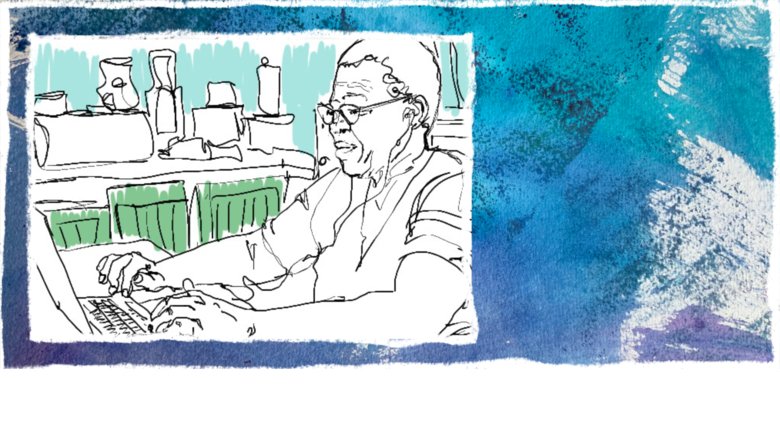Human Interaction with Technology in Dementia: Best Practice Guidance has been updated

The Best Practice Guidance regarding improved use of technology in dementia care was developed a few years ago, including researchers from the CACTUS research group. In December, an updated version of the Best Practice Guidance was published.
Over the last few years, researchers from the CACTUS research group (Sarah Wallcook, Sophie Gaber, Camilla Walles Malinowsky, Anders Kottorp and Louise Nygård) at the Division of Occupational Therapy at NVS have been part of the INDUCT (Interdisciplinary Network for Dementia Utilising Current Technology), a Marie Sklodowska Curie funded Innovative Training Network (ITN). The aim of the INDUCT was to improve the usability of technology in dementia care by evaluating its effectiveness and implementation issues. One of the joint outcomes is the INDUCT-Best Practice Guidance: Human Interaction with Technology in Dementia (https://www.dementiainduct.eu/guidance/). This guidance contains a comprehensive set of recommendations on improvement of technology for people living with dementia in three areas: everyday life, meaningful activities and healthcare, and provides evidence to show how technology can improve the lives of people with dementia.
In December 2021 an update of the Best Practice Guidance was published (https://www.dementiainduct.eu/guidance/).
In this update of the Best Practice Guidance the first recommendations of a second Marie Sklodowska Curie funded ITN on Technology and dementia, called DISTINCT (2019-2023) are included. The main aim of DISTINCT is to provide the evidence to show how technology can improve the social health of people living with dementia by enabling them to 1) fulfil their potential on a societal level, 2) manage their own life and 3) participate in social and meaningful activities.
